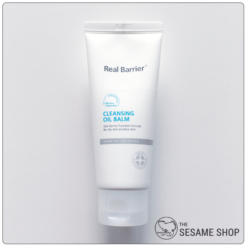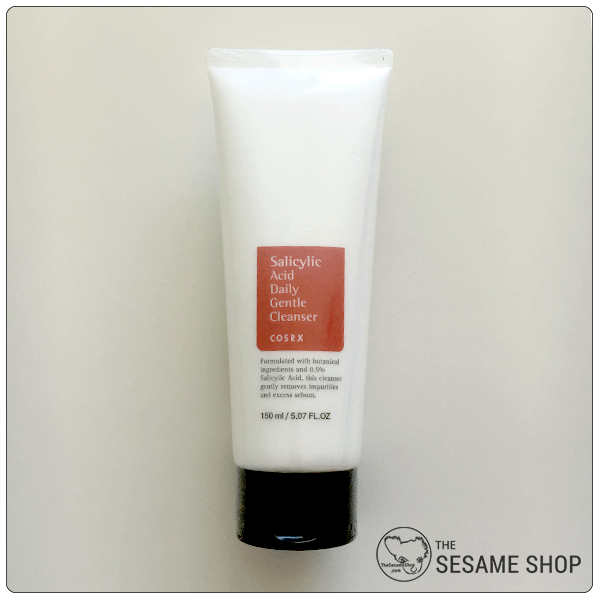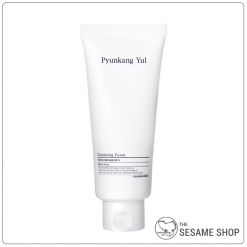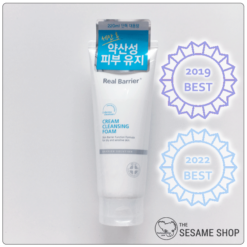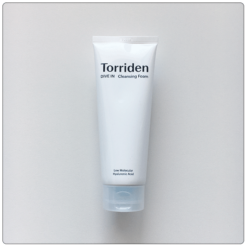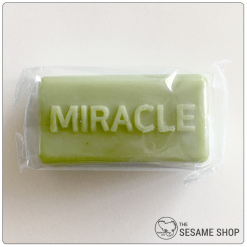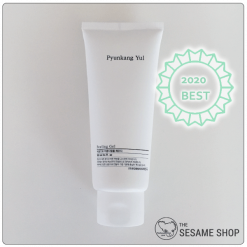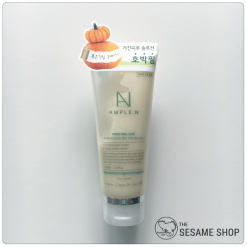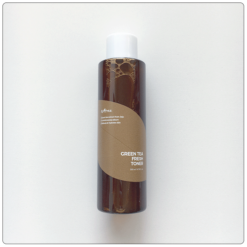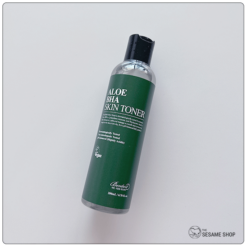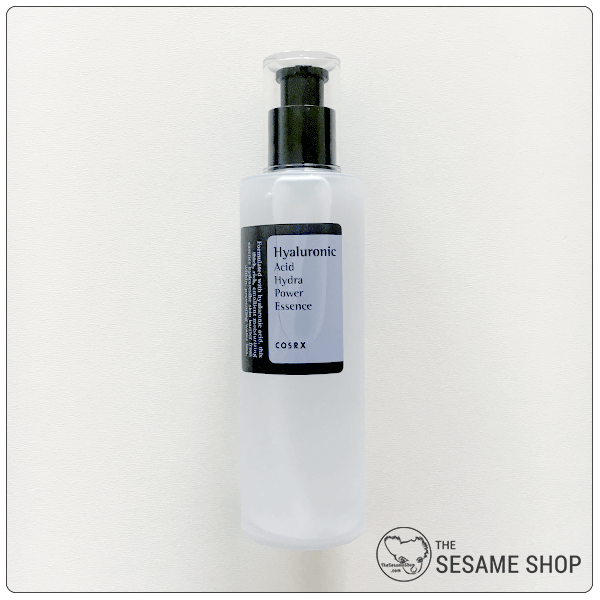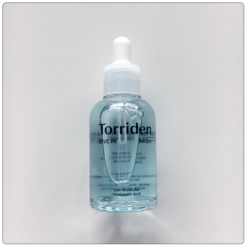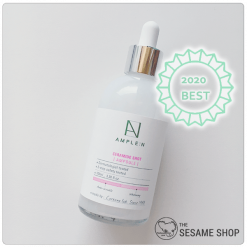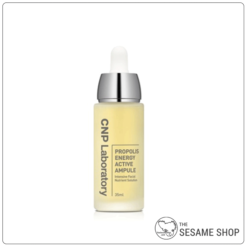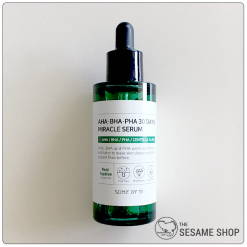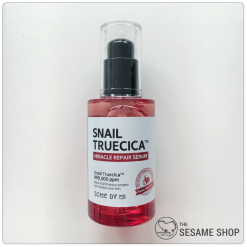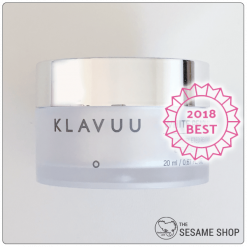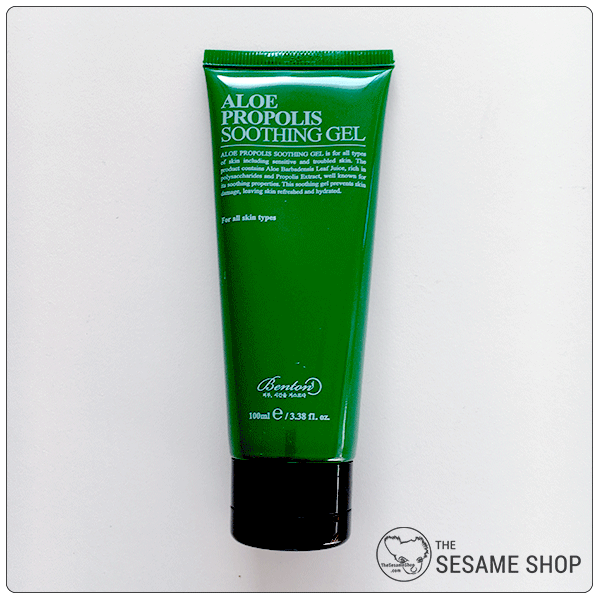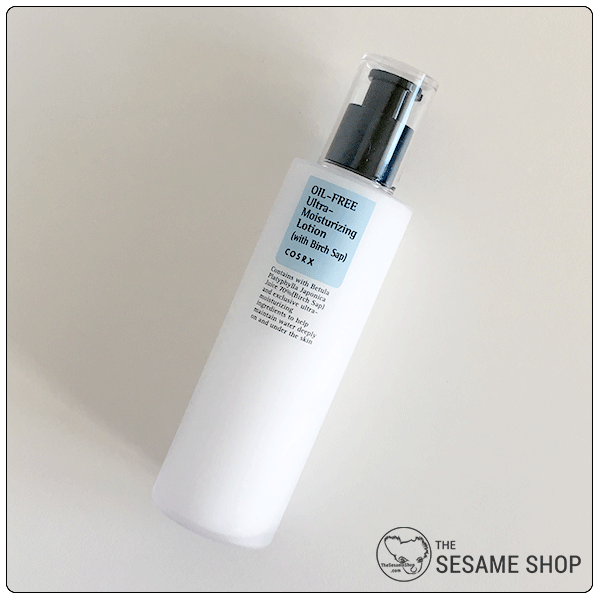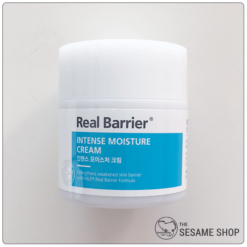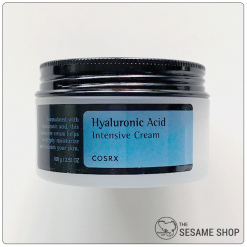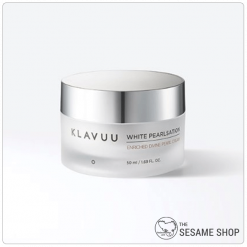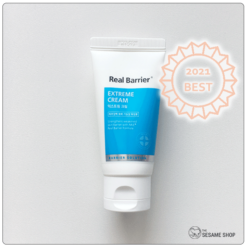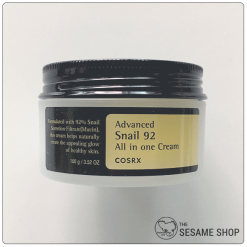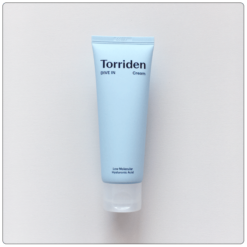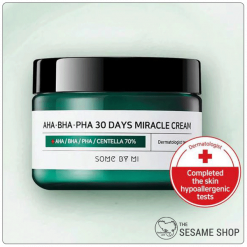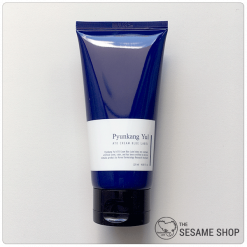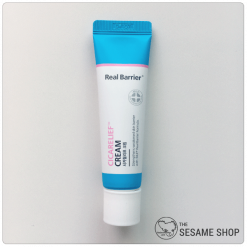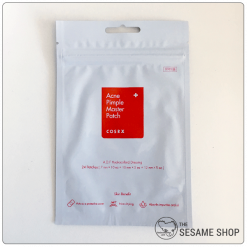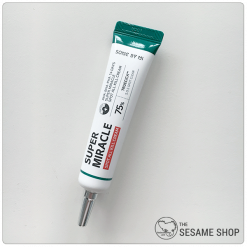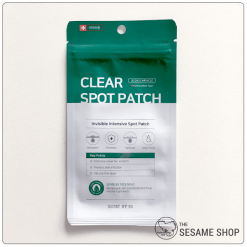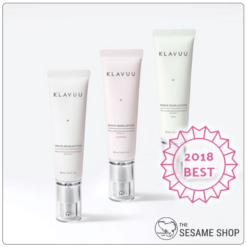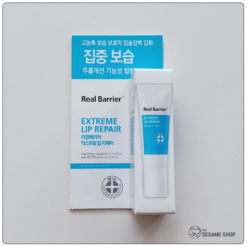BUILD YOUR SKINCARE ROUTINE
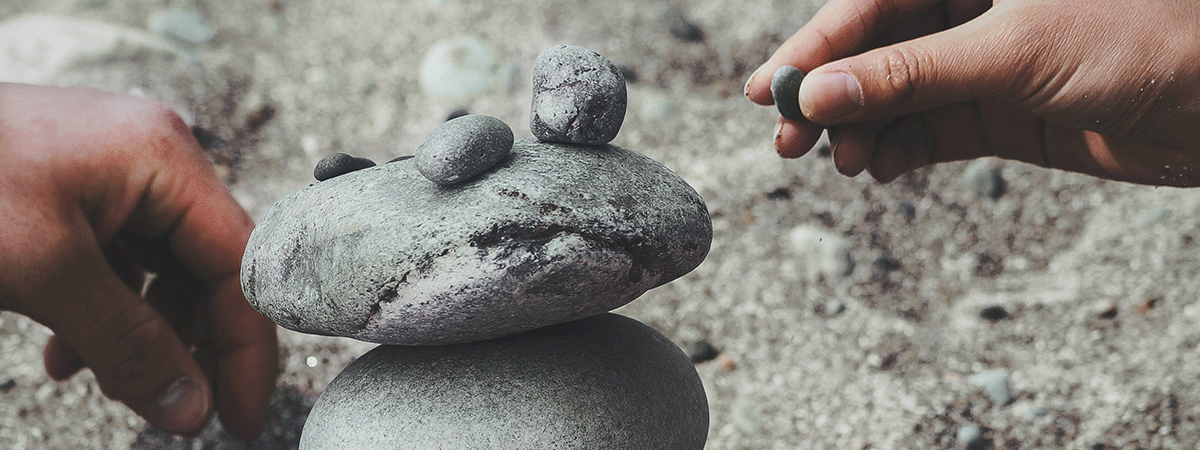
Skincare layering is the most powerful method to inject hydration and nutrients into the skin. The method works by applying the most lightweight product such as a toner or an essence first, then layer on with a serum, and lastly finish off with a cream to seal in everything. The method allows more products to be applied effectively and delivers multiple actions for different concerns.
It is by no means always necessary to apply all of the following steps, but you should choose a few to start with then build upon it as you go.
Remember always listen to your skin.
For those who are new to skincare layering, start with a cleanser, an essence and a cream.
Step 1: Oil BASED CLEANSING (MAKEUP REMOVAL)
Oil-based cleanser is an essential first step of your skincare routine to remove makeup, sunscreen and sebum. You can choose from cleansing balms, cleansing oils or cleansing water. Our favourites are the cleansing balms and oils. They are gentle on the skin and can be used by any skin types. We only carry cleansing balms that are polyethelene-free.
Step 2: Water Based Cleansing
Water-based cleansing is your second step cleansing after the oil-cleansing at nighttime or in the morning, to remove dirt, sebum and residue from the oil-cleansing. To maximise your cleansing routine, make sure you remove all the oil-based make up and sunscreen with the oil-cleansing. There are a lot of choices when it come to water-based cleansers, from soaps to gels, creams, powders and foaming cleasers. It is important to choose a cleanser that’s non-stripping for your skin and doesn’t disturb your water-oil balance. Your skin should feel clean, breathable but not tight after cleansing.
TOP CLEANSERS FOR OILY SKINS
TOP CLEANSERS FOR NORMAL / COMBINATION SKINS
TOP CLEANSERS FOR DRY (DEHYDRATED) SKINS
TOP CLEANSERS FOR ACNE-PRONE SKINS
TOP CLEANSERS FOR SENSITIVE SKINS
Step 3: EXFOLIATING
Exfoliating should be done regularly to remove dead skin cell build up on the skin’s surface. By removing the execess dead skin cells, the essence and serum products are able to penetrate deeper and hydrate from within, which helps with sebum control and water-oil balance. Regular exfoliation also helps to maintain the smooth texture and radiance of your skin. However, over-exfoliating can be damaging to the skin’s barrier.
Exfoliate using a mild physical exfoliator once a week is normally sufficient. For chemical exfoliation, use a low concentration acid product at nighttime only.
PHYSICAL EXFOLIATORS
CHEMICAL EXFOLIATORS
Step 4: Toner
Toner is the first “skincare” product that gets applied to your face after cleansing. It injects the first layer of hydration and nutrients into your skin and often penetrates the deepest. It preps your skin for the more intensive treatment (serum) later on. Your toner should be lightweight and alcohol-free.
TONER FOR OILY SKIN OR FOR SUMMER
TONER FOR NORMAL / COMBINATION SKINS
TONER FOR DRY SKINS OR FOR WINTER
TONER FOR ACNE-PRONE SKINS
TONER FOR SENSITIVE SKINS
Step 5: ESSENCE
Essence is probably the most confusing skincare step. Some people apply essence in place of a toner and others apply it in place of a serum. We think of essence as something that’s in between a toner and a serum. It usually have very high nutritious value, for example containing high percentage of a skin benefiting ingredient, and the texture is not as heavy has a serum. That’s why for some people (eg. dry skins), it’s more beneficial to skip the toner and use an essence plus a serum. But for oily skins, it’s more beneficial to use a toner, followed by an essence and skip the serum to avoid overloading the skin.
ESSENCE FOR OILY SKIN OR FOR SUMMER
ESSENCE FOR NORMAL / COMBINATION SKINS
ESSENCE FOR DRY SKINS OR FOR WINTER
ESSENCE FOR ACNE-PRONE SKINS
ESSENCE FOR SENSITIVE SKINS
Step 6: SERUM
Serum is the most intensive skincare treatment in your routine. Serums are usually concentrated and full of good stuff. They should be potent enough to make a difference to your skin’s tone, texture and general well-being. Serums usually have a heavier texture and takes longer to absorb into the skin.
SERUM FOR HYDRATION
SERUM FOR BRIGHTENING
SERUM FOR REPAIRING / ANTI-AGING
SERUM FOR ANTI-INFLAMMATION
Step 7: EYE CREAM
Eye cream is an essential step to keep your under-eye area free of wrinkles. Your eye cream should be emollient enough to protect your under-eye area, but not overly greasy, occlusive or slippery.
Step 8: Moisturiser
Moisturiser adds the final layer of hydration and seal in the moisture within the skin so your skin maintains its optimum state and balance. It’s important to choose a moisturiser that offers suffcient protection for your skin but not overly occlusive that causes troubles.
MOISTURISER FOR OILY SKIN OR FOR SUMMER
MOISTURISER FOR NORMAL / COMBINATION SKINS
MOISTURISER FOR DRY SKINS OR FOR WINTER
MOISTURISER FOR ACNE-PRONE SKINS
MOISTURISER FOR SENSITIVE SKINS
Step 9: SPOT TREATMENT
Spot treatment helps you to calm down active breakouts and expedite the healing.
Spot Treatment
Spot Treatment
Some By Mi AHA BHA PHA 14 Days Super Miracle Spot All Kill Cream
Spot Treatment
Step 10: SUN CARE
Applying sunscreen before exposure to sunlight is most cost-effective anti-aging preventive measure that you can take. It helps combat the free-radicals and skin damages from sunlight, prevents hyperpigmentation and wrinkles from developing. Choose a sunscreen that provides suffcicient protection and suits your skin type.
SPECIAL TREATMENT: MASKS
Using masks regularly will take your skin to the next level. Use a sheet mask 1~2 times a week to boost your hydration level. Use a clay mask once a week to unclog your pores.


